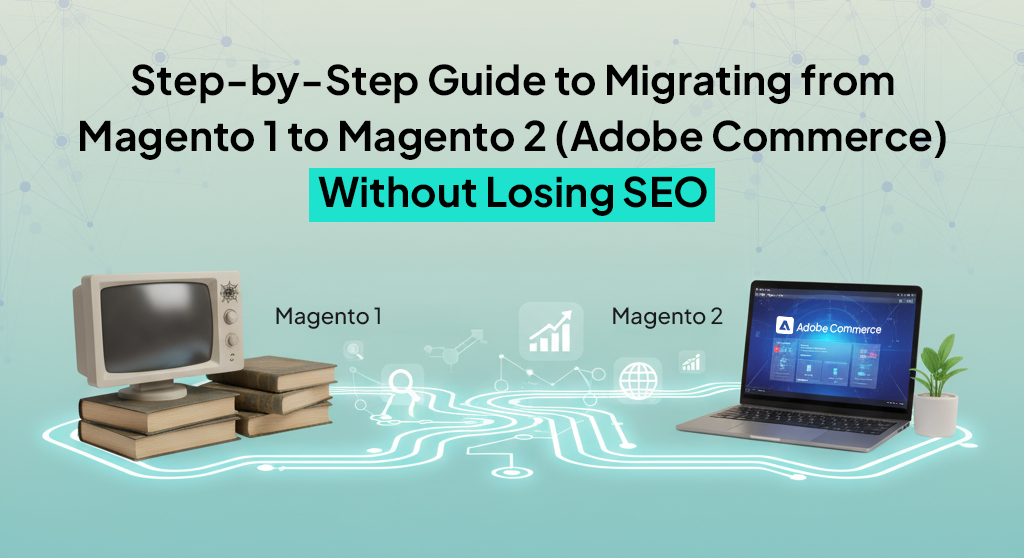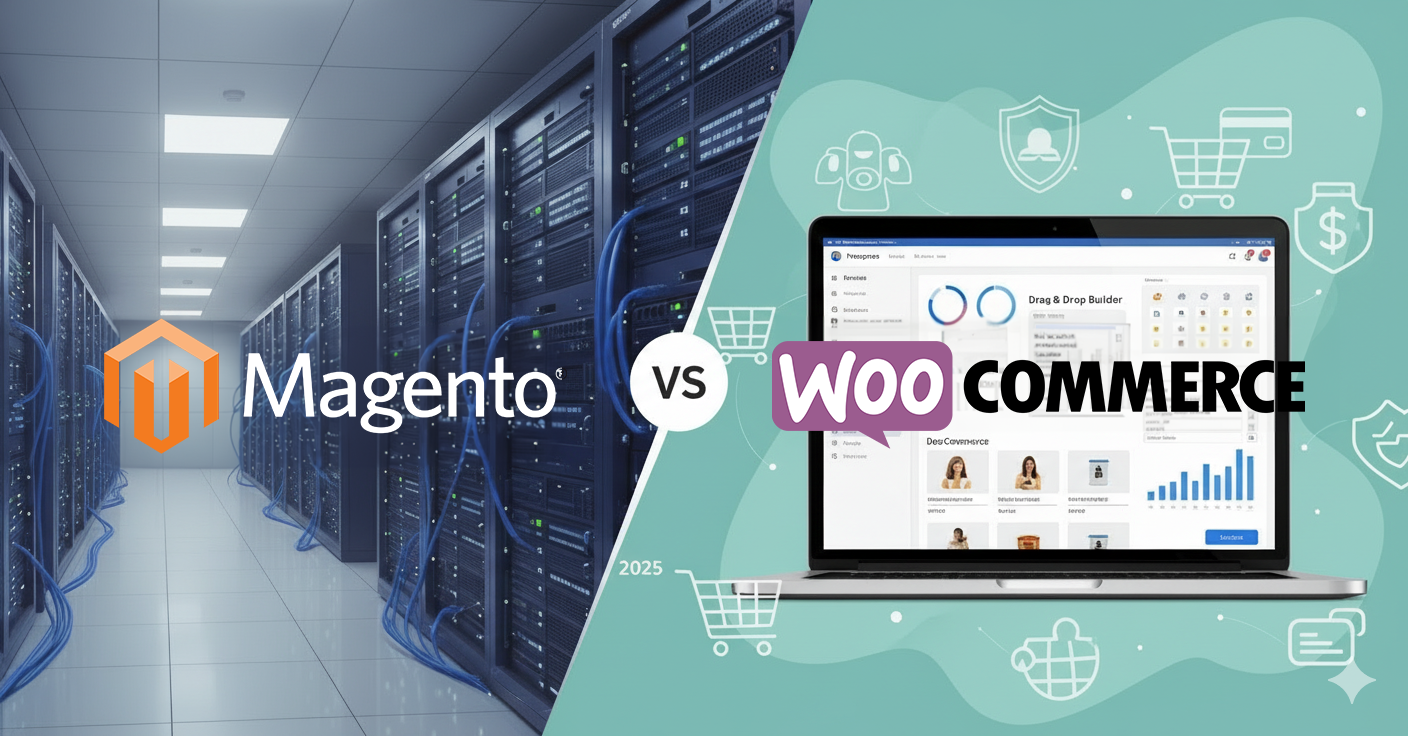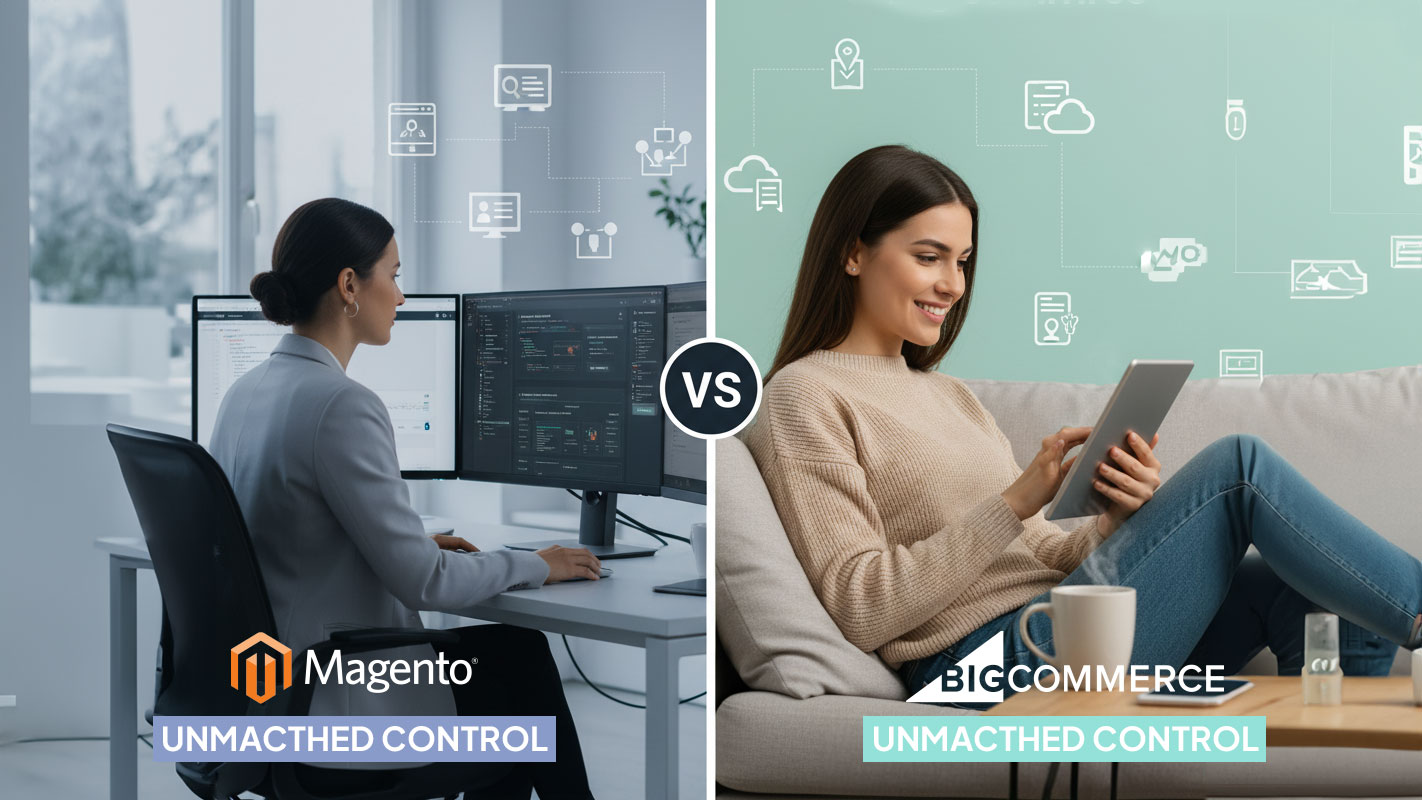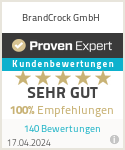Some stores look beautiful. Others load fast. A few even manage both. But the ones that consistently convert — the ones that quietly outperform the competition — do something else entirely.
They’re built right.
The best-converting online stores in Germany don’t rely on design gimmicks or hype tools. Their secret lies in a tech stack that doesn’t make noise but gets things done. It removes friction. It speeds things up. And most importantly, it creates a digital shopping experience that feels natural from homepage to checkout.
Platform First: Why the Foundation Always Wins
Every high-performing store begins with one decision: which platform should everything run on? In Germany, this choice often comes down to two powerhouses — Shopware and Magento. Each comes with its own advantages, and the right choice depends more on how a business operates than what’s trending.
Shopware has become a favorite in the DACH region for good reason. It’s built with a strong focus on user experience, flexibility, and integration with local systems. You’ll often find it powering stores that want fine-grained control over how their catalog is presented, how promotions are triggered, and how the entire customer flow feels.
Magento, in contrast, is the go-to for retailers managing complex structures — multi-language catalogs, tiered pricing for wholesale customers, and international storefronts. It’s deeper, more flexible at the logic level, and handles scale exceptionally well.
What separates average stores from top performers isn’t just the platform itself — it’s how cleanly it’s implemented. In high-converting stores, you won’t find cluttered templates or bloated plugins. You’ll find a tightly controlled stack, with only the essentials left intact.
Speed, Structure, and Going Headless
The frontend experience plays a massive role in how users behave — especially on mobile. Top German retailers don’t just pick a CMS theme and move on. They prioritize speed, loading time, and page-to-page fluidity. And more often than not, that leads them toward headless architecture.
Headless setups separate the backend logic (the part that handles orders, catalog, customer data) from the frontend (what customers see and interact with). Instead of relying on the built-in themes of Shopware or Magento, developers use frameworks like React or Vue to build faster, lighter, and more flexible interfaces.
The results? Faster load times, more responsive design across devices, and more freedom to test and iterate. Customers may not know what “headless commerce” means — but they’ll notice the difference when pages load instantly and checkouts don’t lag.
Product Information That Sells, Not Confuses
Ever landed on a product page and had no idea what the product actually was, how it worked, or whether it fit your needs? That’s a product information problem — and it’s a silent conversion killer.
The stores that convert best in Germany treat product data as a core asset. They use centralized PIM systems (Product Information Management) to make sure that every detail, descriptions, variants, specs, translations, tags, is consistent, complete, and customer-ready.
This becomes essential as catalogs grow. A 50-SKU store might survive with manual edits. A 5,000-SKU store won’t. With PIM in place, product enrichment happens upstream, so customers see high-quality data every time — no broken sizes, untranslated specs, or missing images.
Strong product data builds trust, and in a market like Germany where precision matters, trust is currency.
Local Checkout Expectations Are Non-Negotiable
The checkout experience is not just a technical problem, it’s a cultural one. Customers in different markets behave differently, and Germany has its own expectations around trust, payment, and transparency.
This is where many generic, one-size-fits-all platforms lose ground. In the German market, conversion-friendly stores build checkout experiences that reflect how Germans actually buy. They don’t force account creation. They avoid redirection-heavy payment flows. And they absolutely don’t rely on just one or two global providers.
Local favorites like Klarna, Giropay, PayPal Express, and Sofortüberweisung aren’t just “nice to have” — they’re expected. Stores that skip these options are immediately at a disadvantage. Offering flexible methods, fast checkout flows, and clearly stated delivery expectations removes all the doubt that leads to cart abandonment.
And while payments might seem like a backend concern, the speed and clarity of your checkout page directly affect whether a customer completes their order or bails out entirely.
Operational Backends That Actually Keep Up
It’s easy to focus only on what the customer sees. But behind every smooth storefront is a warehouse, a stock system, a pricing engine, and a mess of real-world logistics that need to sync perfectly with what’s online.
Top-performing stores don’t just plug into a backend ERP system, they build a real-time bridge that ensures consistency. That means inventory updates that happen within seconds, price adjustments that go live without delay, and orders that trigger logistics workflows instantly.
Whether the system is SAP Business One, Microsoft Dynamics, or JTL-Wawi, what matters is how well it’s integrated. Half-connected setups lead to oversells, mismatched pricing, or shipping chaos. Solid integration means operations don’t block sales — they scale with them.
That’s one of the big differences between stores that hit their ceiling at a few dozen orders a day and those that process hundreds without blinking.
Search That Helps, Not Hides
When someone types into your site’s search bar, they’re not just browsing, they’re actively looking to buy. But if your search engine can’t handle synonyms, typos, or filters properly, it’s turning ready buyers into lost opportunities.
What sets top stores apart here is not just the speed of search results but the relevance. The search understands intent, auto-completes helpfully, and filters adjust dynamically based on category. It feels more like using Google than struggling with a clunky internal database.
This is where advanced solutions like Elasticsearch or Algolia come into play, not for bragging rights, but because they serve up results that actually help the customer complete their journey.
Page Speed: Every Second Counts
Conversion rates drop significantly for every extra second your site takes to load. It’s not a theory, it’s data. Germany’s top eCommerce performers invest in performance not as a secondary goal, but as part of their core sales strategy.
From CDN delivery (Cloudflare, Fastly) to on-the-fly image compression (Cloudinary, Imgix), the emphasis is always on cutting weight from every page. That means fewer oversized banners, smarter scripts, and prioritizing what loads first.
Performance isn’t about ticking a Lighthouse score. It’s about user patience. The faster your site feels, the more likely your users will stay, browse, and buy.
Post-Purchase Experience Is Still Part of the Stack
The buying journey doesn’t end at checkout, and neither should your stack. What high-converting stores do exceptionally well is follow through after the purchase.
That starts with clear, timely communication, shipping confirmations, tracking updates, delivery windows. It continues with well-timed review requests, loyalty program nudges, or simple thank-you gestures.
Behind this are tools like CRM platforms, email automation, and loyalty systems that speak to each other. But the technology is only as effective as the logic behind it. The goal is to create a sense of continuity, not spam.
Retention starts with relevance. The more personal the communication feels, the more likely a customer is to come back, and bring others with them.
Real Analytics, Not Just Traffic Reports
Gut feeling doesn’t scale. The stores that outperform their competitors aren’t making assumptions, they’re measuring, analyzing, and adjusting based on live behavior.
This goes way beyond Google Analytics. Conversion-optimized stores track scroll depth, interaction points, bounce areas, rage clicks. They run A/B tests and heatmaps. And more importantly, they do something with the results.
What doesn’t work gets scrapped. What works gets pushed further. That mindset of constant iteration — backed by hard data — is what keeps the best stores ahead, even when the market shifts.
No Stack Without Support
Here’s the truth: even the most sophisticated tech stack will fall apart if it’s not maintained.
German retailers that scale well have something others often lack, strong technical partners. Agencies, in-house teams, or hybrid models that understand not just the tools but the business logic behind them.
They don’t throw plugins at problems. They question, test, and rebuild where needed. They think about long-term scalability, not just immediate fixes. And when something breaks, they know where to look and how to respond quickly.
That’s what turns a good store into a consistently great one.
Final Thoughts: Build Less, Perform More
The German eCommerce space is competitive — but not impossible. The winners aren’t always the flashiest or the most well-funded. They’re the ones with clean stacks, stable operations, fast performance, and a strong grip on what their users want.
The real tech stack behind Germany’s best-converting stores isn’t about piling tools on top of tools. It’s about cutting noise, building with purpose, and aligning every part of the system — frontend, backend, and post-sale — to serve the customer better.
And that’s where the real conversions begin.
We’ve helped stores across Germany turn sluggish, tool-heavy setups into fast, conversion-driven machines. Brandcrock can do the same for you — all it takes is one conversation to start building your competitive edge. Let’s connect.








